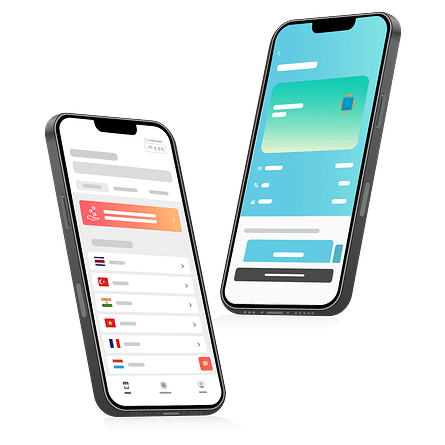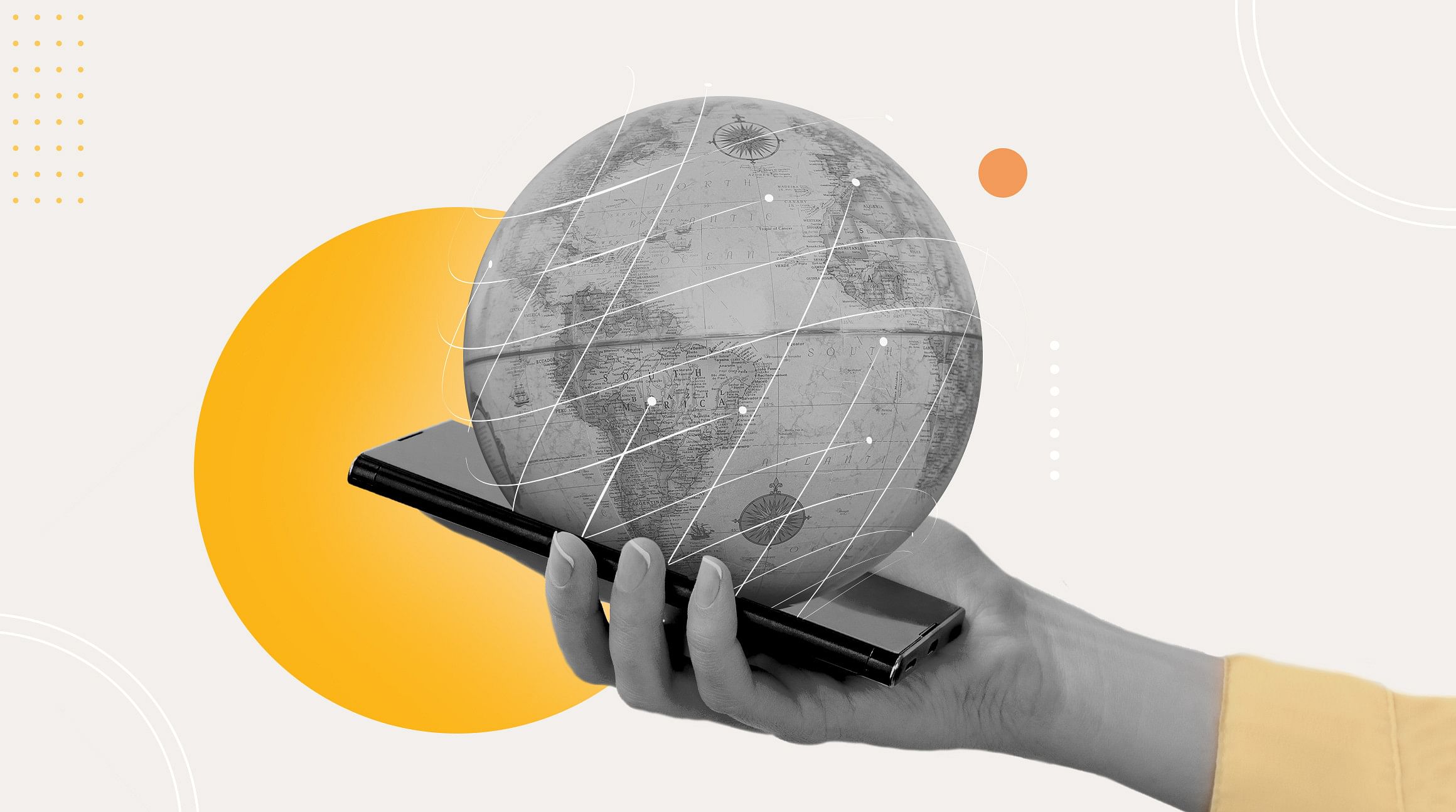
Digital communication hugely impacts how we connect. From emails and instant messages to video calls and social media, it's the primary way we communicate. And eSIM technology makes it easier, faster, and more affordable. Read on for a history of digital communication and where we think it's headed.
In this article, we'll cover:
- What is digital communication?
- The evolution of digital communication
- Types of digital communication
- Benefits of digital communication
- Digital communication and business
- Digital communication and society
- The future of digital communication
- Staying connected with eSIMs
What Is Digital Communication?
Digital communication is the electronic exchange of information, data, or messages. It takes many forms and has become the communication standard for individuals and organizations over the past few decades.
When you send an email, text a friend, or post on social media, you're using digital communication. And with the introduction of new technologies, it's become a mainstay for our everyday interactions.
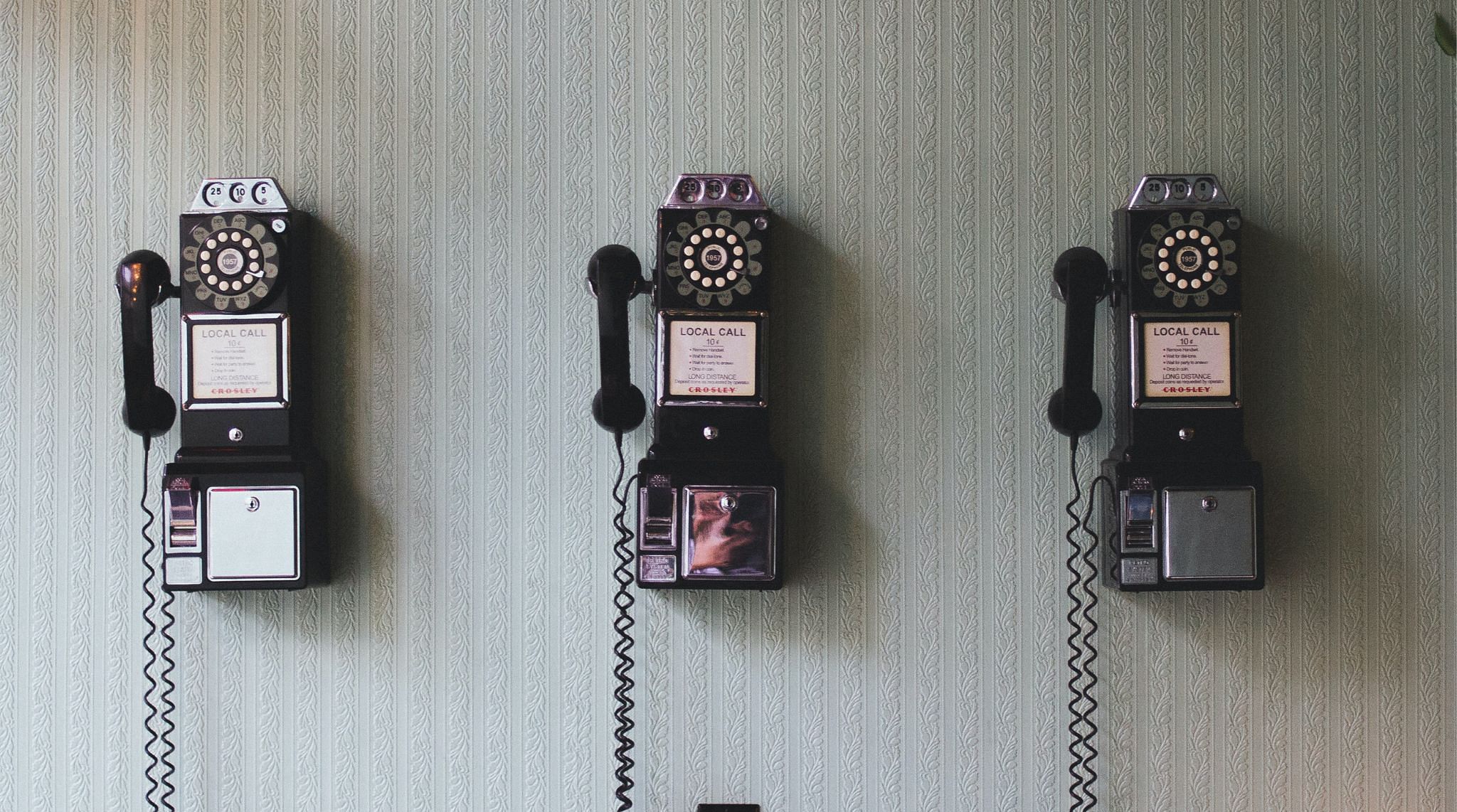
The Evolution of Digital Communication
Communication through digital tools has come a long way since the introduction of the telegraph in the early 19th century. Here's a look at some key moments in the evolution of digital communication:
- Telegraph: The telegraph revolutionized communications, making it possible to send messages across continents in a matter of hours.
- Telephone: The early 20th century saw the introduction of the telephone, which enabled people to talk in real time over long distances. By the mid-20th century, it was a regular fixture in homes and offices worldwide.
- Internet: The internet came onto the scene in 1983, making it possible to exchange information and communicate with others instantly and worldwide.
- Email, Instant Messaging, and Social Media: The internet paved the way for email, instant messaging, and online forums. Social media platforms like Facebook, Twitter, and Instagram made it easy to communicate with friends and family around the world.
- Mobile Phones: The first call from a mobile device was made in 1973. Known as "the brick," the Motorola DynaTAC 8000x weighed nearly two pounds!
- Smartphones: The world's first smartphone was launched in 1994. The IBM Simon Personal Communicator featured a touchscreen, address book, calendar, and email (it could even send a fax!). Apple introduced the iPhone in 2007, and the first Android phone was released in 2008.
- Artificial Intelligence (AI): The rise of AI and chatbots have also changed the communication game, especially how companies interact with customers.

Types of Digital Communication
We communicate through digital mediums every day. Here are some of the most common types of digital communication — you're bound to recognize most (if not all) of them.
We'll take a wild guess that you're familiar with email! It's one of the most popular digital communication mediums, allowing you to send and receive messages, documents, and other files over the internet. Even if you don't use email in your personal life, it's probably one of the primary ways you communicate at work.
Instant Messaging
You've probably also received an instant message (IM) or two. Instant messaging enables you to send and receive messages over the internet using apps like WhatsApp, Facebook Messenger, and iMessage.
Video Conferencing
With the rise of remote work, video conferencing tools have become absolutely essential. Remote workers, businesses, educational institutions, and more use video conferencing to collaborate and communicate across time zones.
Social Media
59% of the world's population uses social media. Facebook, Instagram, and Twitter are just a few examples of social media platforms where users share information, photos, and videos with friends and followers.
VoIP
Have you ever used WhatsApp, Skype, or Zoom? These apps use VoIP (Voice over Internet Protocol) technology, which allows you to place and receive calls over the internet — a cost-effective alternative to long-distance telephone calls.
Chatbots
You've probably noticed that many of your favorite brands have a chat feature. These are often powered by AI chatbots that use instant messaging to provide customer service support.
SMS (Short Text Message Service)
We've all sent a text (or a hundred) — and that’s exactly what SMS means. The technical difference between SMS and instant messaging is that it uses your cellular data rather than the internet to send and receive messages.
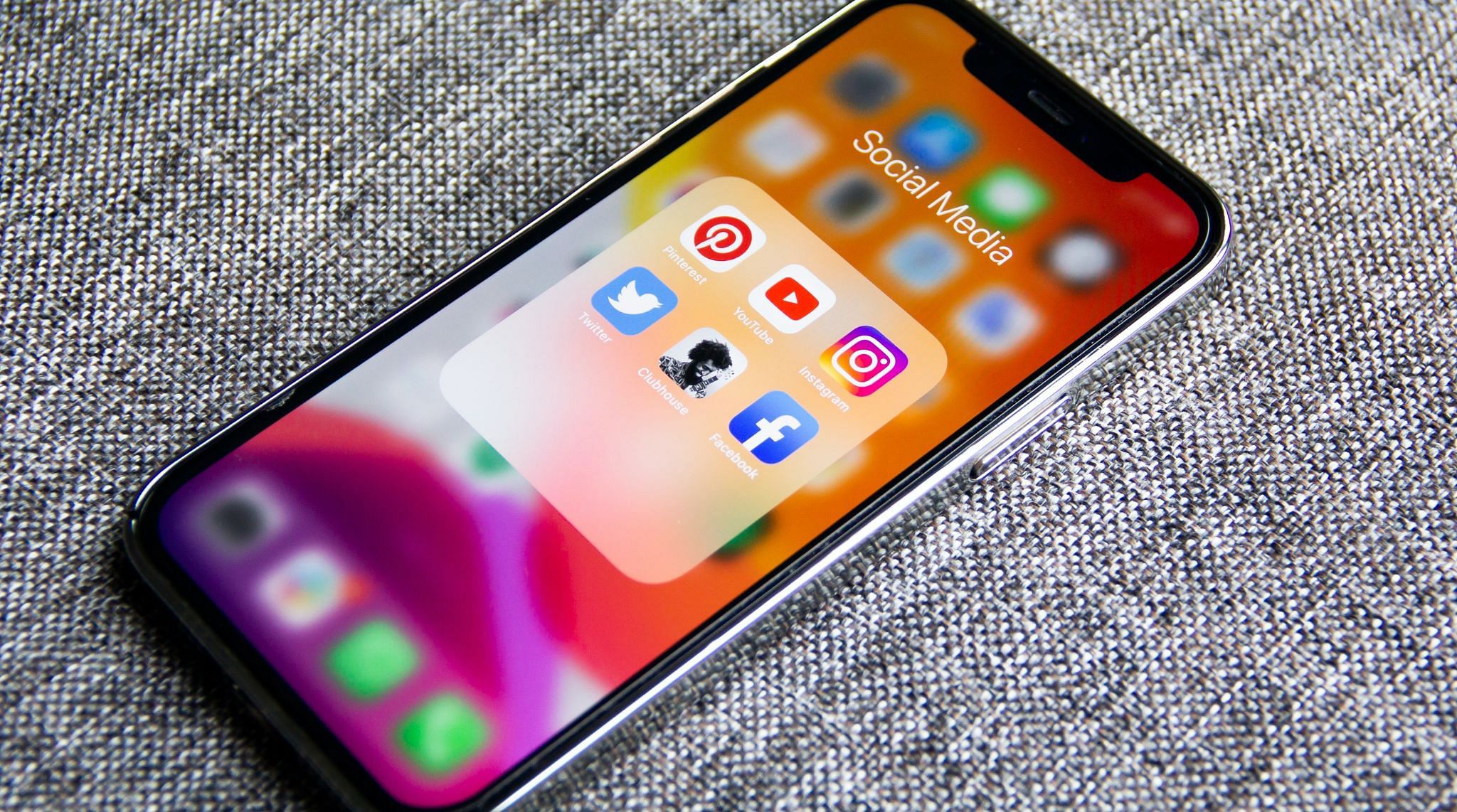
Benefits of Digital Communication
Digital tools have revolutionized the way we connect, making it faster, more efficient, and more accessible to talk to each other. Here are some of the main benefits of digital communication:
- Faster: It’s almost instantaneous. Emails, instant messages, and text messages can be sent and received within seconds, making communication faster and more efficient.
- Accessible: With an internet connection or a mobile device, people can reach one another anywhere and at any time.
- Cost-Effective: It's generally cheaper than traditional communication methods. For example, VoIP and video conferencing are often less expensive than long-distance phone calls and in-person meetings.
- Increased Productivity: Digital communication enables people to collaborate quickly and efficiently. It's handy for companies and organizations working across different time zones.
- Environmentally-Friendly: Going digital reduces paper use and minimizes carbon emissions, making it a more environmentally friendly option.

Digital Communication and Business
Staying digitally connected greatly impacts how organizations do business. Here are some ways that digital communication helps businesses reach a wider audience and operate more efficiently.
Employee Engagement
It's pretty normal to conduct business over email rather than with handwritten letters. Email, instant messaging, video conferencing, and collaborative tools like shared documents and project management software keep teams connected in-house and around the world. Digital communication has become the business norm, especially in a remote-first environment.
Customer Service
The rise of new tools and technologies has also shaped how businesses interact with customers, suppliers, and partners. These digital communication tools include email, social media, chatbots, and online customer service platforms.
E-commerce
What was once sold through a backyard sale can now be sold online, whether from a brand's website or on Facebook Marketplace. E-commerce businesses rely almost entirely on digital communication to sell products, accept payments, and send order updates and confirmations.
Customer Engagement
Imagine needing to call a business whenever you wanted to ask a question. Thanks to new technologies like social media and email, you can type your query away or just search it online to find your answer. These digital communication tools (and others!) have made it easier than ever for businesses to reach and engage with their customers.

Digital Communication and Society
Just as it has impacted business, digital communication has impacted daily life. Here are some ways it has shaped society as a whole.
Improved Communication
Even if you’re a city or two away from your friends and family, you can reach them with a tap of your phone. No matter the distance, we're more connected than ever.
Access to Information
It's easier for people to access information, whether it's news, research, or educational resources. Instead of reading through heaps of books at a library, you can instantly find an answer for the friendly debate you’re having with a pal.
Greater Efficiency
It's far more efficient to send an email than it is to post a letter. Communicating through digital mediums makes it easy for people to send messages and share information.
Changes to Communication
We communicate more briefly and informally when texting or typing away online. Digital communication has introduced new forms of slang, abbreviations, and emojis – some of which have even been added to official dictionaries!
Reliance on Technology
There's a reason we're tied to our smartphones. We depend on them to access information and stay connected. More than ever before, we rely on digital technologies to keep us connected.
Globalization
Thanks to digital forms of communication, we can have instant conversations across different continents. This enables people from different countries, cultures, and backgrounds to communicate seamlessly, paving the way for greater globalization.
The Future of Digital Communication
As technology continues to evolve, the future of digital communication looks bright. Here are some key trends likely to shape the future of digital communication:
- Artificial Intelligence (AI): Heard of ChatGPT? Artificial intelligence will likely play an increasingly important role in digital communication, from chatbots and virtual assistants to natural language processing (NLP) and AI-generated art.
- Virtual Reality (VR): VR is taking off, enabling people to communicate and collaborate in more fun and engaging ways.
- Internet of Things (IoT): The Internet of Things will likely enable more seamless and integrated digital communication, with devices and systems communicating in real time.
- 5G and beyond: 5G networks are likely to make connectivity faster and more reliable, opening up new possibilities for communication and collaboration.
- Wearable technology: Smart watches and smart glasses make digital communication seamless. Rather than reach for a physical device, these digital communication tools are always with you.
- eSIMs: eSIM technology is changing global connectivity. Rather than rely on a physical SIM card, you can download a digital eSIM plan and instantly connect to a mobile network, no matter where you are in the world.
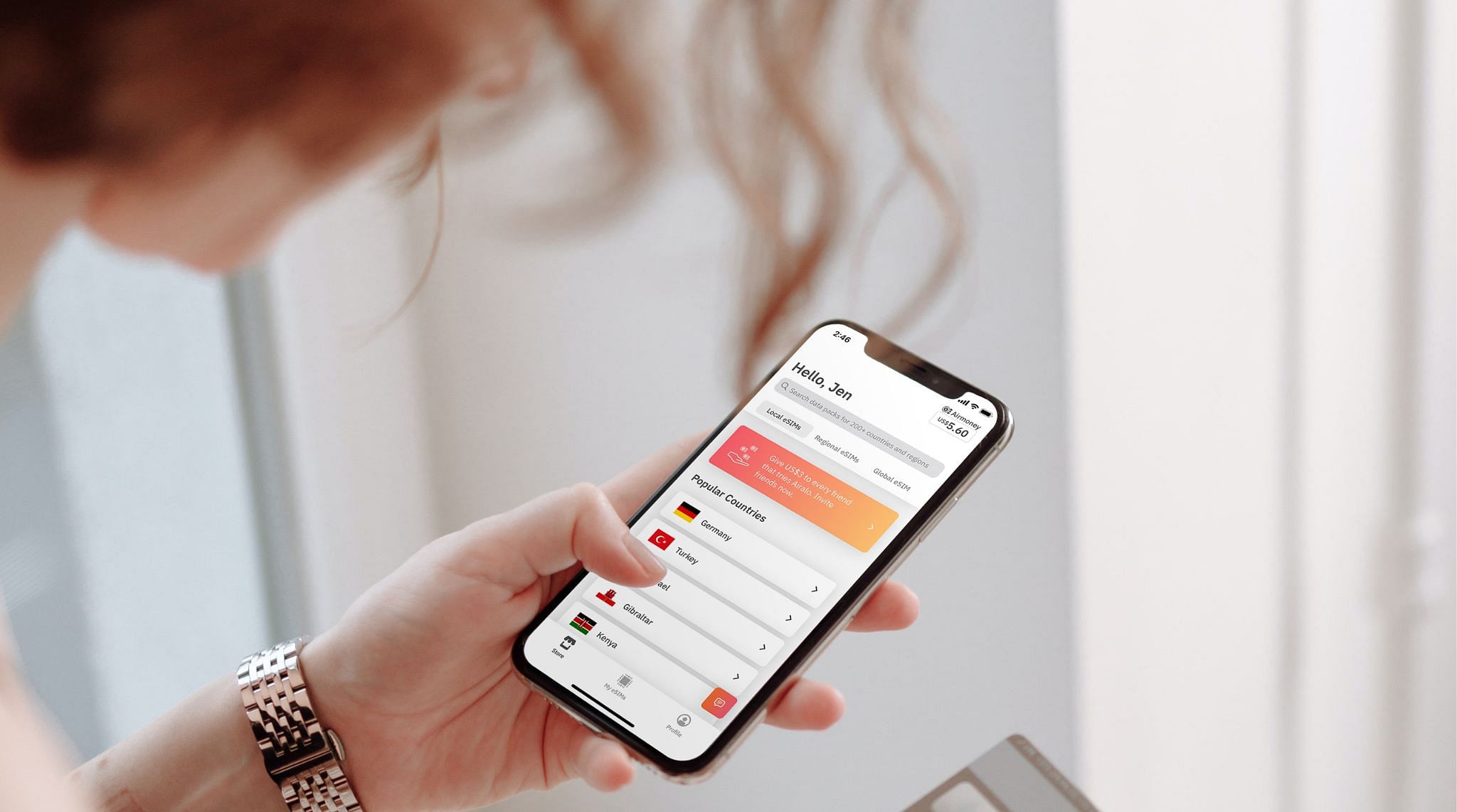
Staying Connected with eSIMs
Digital communication is the standard, and eSIMs make it easier than ever to connect. An eSIM (digital SIM) is a tiny chip embedded in your phone. It has the same function as a traditional SIM card but does everything digitally. You can install an eSIM data plan and connect to a mobile network in minutes.
Here are a few ways you can use your eSIM for digital communication:
- Browse the internet
- Stream podcasts, music, and videos
- Use your favorite apps
- Post to social media
- Send and receive emails
- Use apps like WhatsApp and Facebook Messenger for calls and instant messages
- Screen, scan, store, search, activate, and download data
- Connect with clients and coworkers over video calls
- And so much more!
The best part is that you can do it all without expensive roaming fees. eSIMs are truly changing the game, making it simple to stay connected wherever you are in the world.
Keep (digitally) communicating in 200+ countries and regions worldwide with an Airalo eSIM. Browse the Airalo store or download the Airalo app (iOS | Android) to get started!


